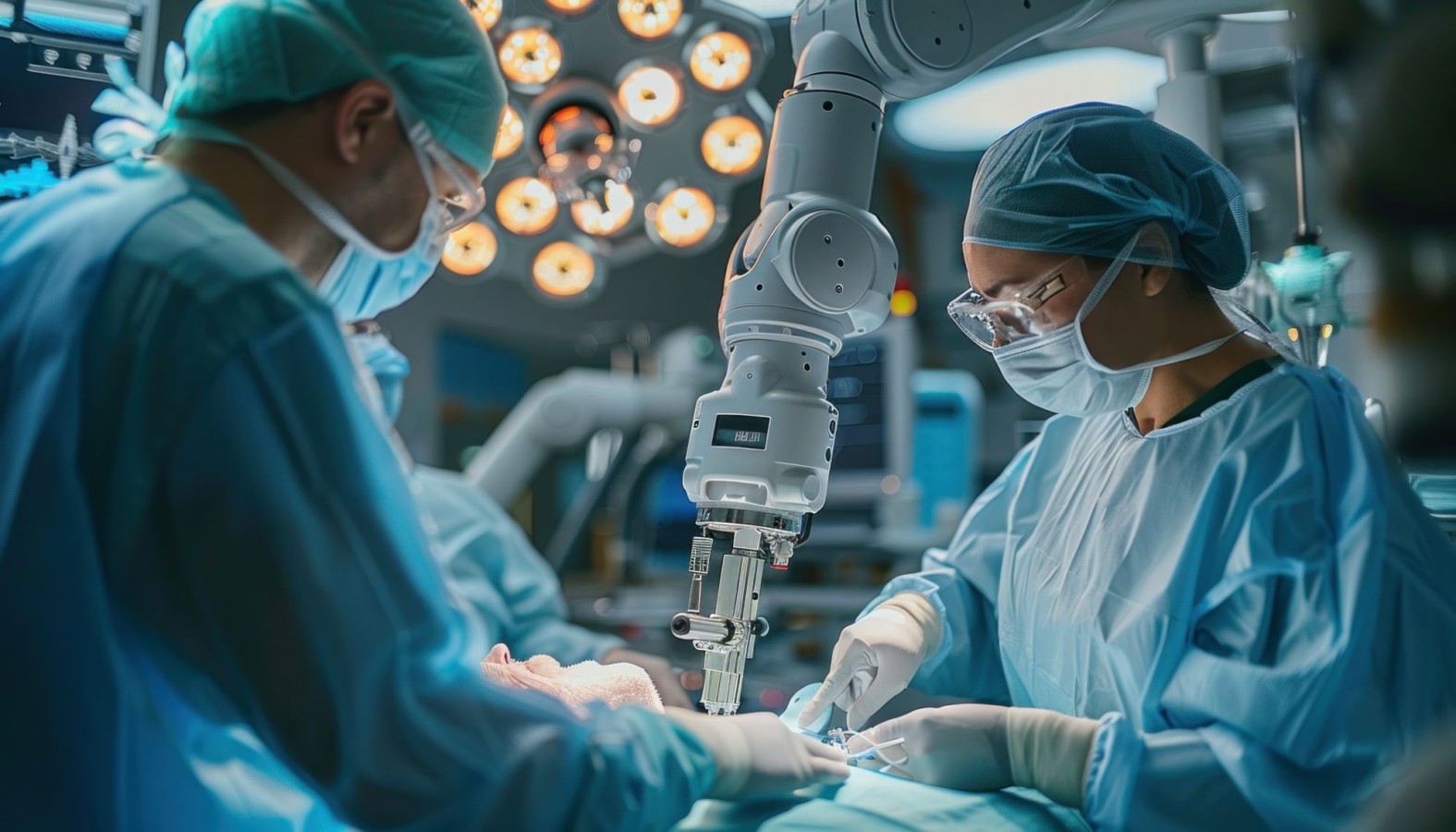Expanding Human Capacity
In the College of Engineering Technology, our 'Expanding Human Capacity' research area explores how technology can amplify human potential. We are driving innovation in robotics, automation, and human-machine interface design, alongside transformative research in biomedical sensing with AI, tissue engineering, and advanced auditory systems, all designed to unlock new possibilities for human capability and interaction.
Featured Faculty

My work addresses major challenges in healthcare and biotechnology, including the demand for personalized medicine, the reduction of animal testing, and the need for scalable biomanufacturing solutions. By combining advanced manufacturing with biomedical engineering, my research aims to accelerate innovation that directly improves human health outcomes.



